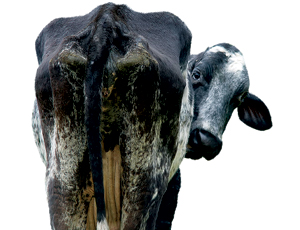The atmosphere has definitely changed in favor of some form of regulation of greenhouse-gas emissions in the U.S. since the Democrats took control of Congress and the Presidency last November. On June 26, the House passed the American Clean Energy and Security Act of 2009 (H.R. 2454) by seven votes, and Senators Barbara Boxer (D-Calif.) and John Kerry (D-Mass.) on Sept. 30 introduced a Senate version that is even stronger.

Against this backdrop is a proposal by the Obama administration and the Environmental Protection Agency to regulate the gases from coal-fired powerplants, refineries and industrial sources under the Clean Air Act of 1970. There also is growing support for global initiatives. The key question is, in which direction should the U.S. go?
We agree with the view of Michael G. Morris, chairman of American Electric Power, that legislation is better. He says both legislation and regulation would create a cleaner energy supply, but Congress will consider other factors, such as preserving American jobs, minimizing the cost impact and ensuring that international trading parties take comparable actions.
The current bills are aimed at capping U.S. emissions of heat-trapping gases, establishing a system of trading emissions permits, requiring more renewable energy, increasing energy efficiency and encouraging research.
Action by EPA, on the other hand, would regulate emissions on a source-by-source or sector-by-sector basis, with few other considerations and would for the first time impose permitting requirements on thousands of industrial facilities.
EPA regulation also would not be limited to just carbon-dioxide. A 2007 ruling by the U.S. Supreme Court says EPA could regulate greenhouse gases under the Clean Air Act if it concludes they endanger public health or welfare. Water vapor contributes 36% to 72% to the greenhouse effect, CO2 9% to 26%, methane 4% to 9% and ozone 3% to 7%. EPA last year actually issued a notice of proposed rulemaking to regulate methane emission from livestock as “stationary” sources. The so-called cow tax—or permit for emissions—would be an estimated $175 per cow, $87.50 per head of beef cattle and $20 per hog at any operation with more than 25 dairy cows, 50 beef cattle or 200 hogs. Farmers and consumers thought that proposed action stank.
There are many ways to improve industrial processes but not natural ones—maybe people will be next to be regulated. EPA should concentrate on solvable problems. Despite wide disagreement on the science of global warming, the industry should get behind reasonable greenhouse-gas legislation and research. It is good for the nation, health and business—and it is inevitable.

Post a comment to this article
Report Abusive Comment